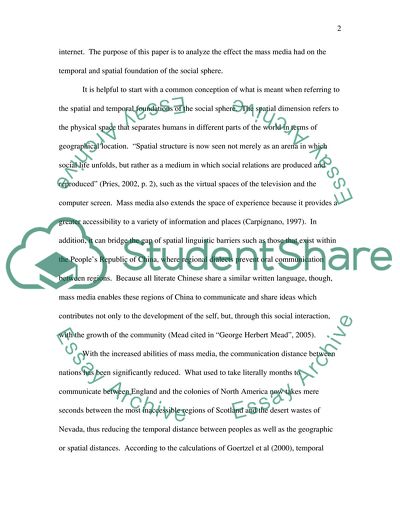Cite this document
(“The Transformation of the Social Sphere Essay Example | Topics and Well Written Essays - 2500 words”, n.d.)
The Transformation of the Social Sphere Essay Example | Topics and Well Written Essays - 2500 words. Retrieved from https://studentshare.org/media/1709118-media-essay
The Transformation of the Social Sphere Essay Example | Topics and Well Written Essays - 2500 words. Retrieved from https://studentshare.org/media/1709118-media-essay
(The Transformation of the Social Sphere Essay Example | Topics and Well Written Essays - 2500 Words)
The Transformation of the Social Sphere Essay Example | Topics and Well Written Essays - 2500 Words. https://studentshare.org/media/1709118-media-essay.
The Transformation of the Social Sphere Essay Example | Topics and Well Written Essays - 2500 Words. https://studentshare.org/media/1709118-media-essay.
“The Transformation of the Social Sphere Essay Example | Topics and Well Written Essays - 2500 Words”, n.d. https://studentshare.org/media/1709118-media-essay.


